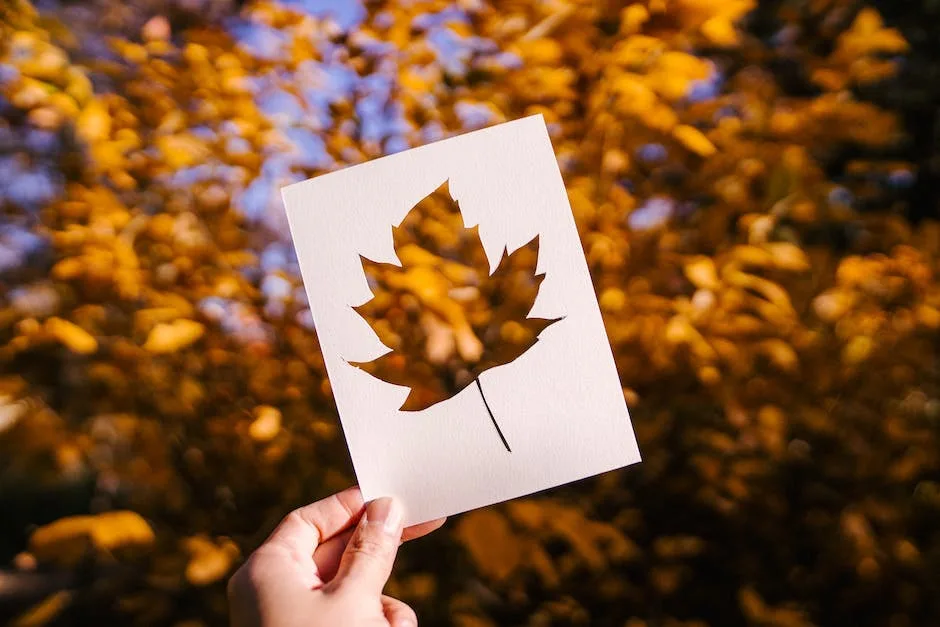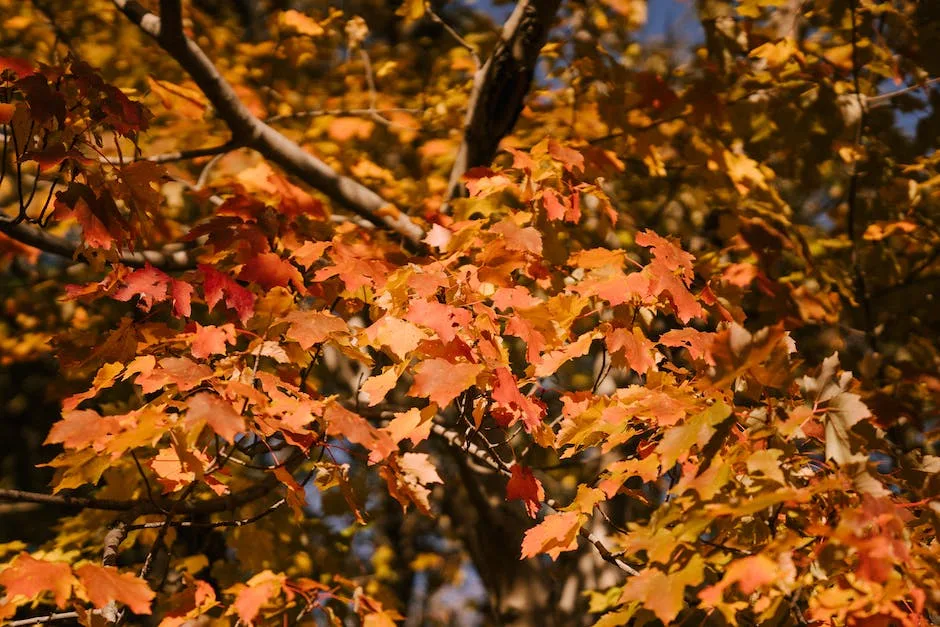Despite what you may have heard, it is possible to grow a maple tree in a pot – and it’s not as difficult as you might think. In fact, growing a maple tree in a pot is a great way to enjoy the beauty of this classic tree without having to worry about the hassle of caring for a traditional in-ground tree.
Yes, you can grow a maple tree in a pot.
Do maple trees do well in pots?
If you have a porch, a patio, or even a fire escape, you have what you need to start growing Japanese maples in containers. These graceful, slender maple trees (Acer palmatum) thrive in pots as long as you know how to plant them.
A five-gallon container is a good starting point for a dwarf cultivar, but you’ll need to upgrade to a larger size in the future. For a full-sized tree, start with a 20-gallon container, which is the minimum size you’ll need. You may still want to go up a size or two at some point, but this is a good place to start.
How long can I grow a maple tree in a pot
Growing trees in pots or containers is a long-term project. Maples can live to be more than 100 years old. Find a container that is durable against the elements, and anticipate the need to lift or move it at times.
I have been using polyethylene bowls for my trees for the last five years. They have worked well, but I have had to lift and move them occasionally. I would recommend finding a container that is durable and that you can anticipate needing to move at some point.
Pruning a maple tree on a regular basis helps to keep the tree the desired size, and prevents it from encroaching on its neighbours. Pruning also helps the tree develop a sound branch structure. Carefully removing branches can reduce or eliminate structural issues in a tree.
Do maples like sun or shade?
If you have a Japanese maple and live in a hot and dry location, it is important to make sure that the tree gets enough shade. Scorched leaves are a common problem in these conditions and can lead to the tree losing its leaves by mid to late summer.
Japanese maples are lovely ornamental trees to grow in pots. They don’t get too big, and they grow relatively slowly, so they’re perfect for containers. Plus, their foliage is gorgeous! If you’re looking for a beautiful tree to add to your container garden, a Japanese maple is a great choice.
How do you keep a maple tree in a pot?
Maple trees are a beautiful addition to any home, but they can be tricky to keep alive in a pot. Follow these tips to help your potted maple thrive for years:
1. Choose a dwarf cultivar that matures at less than 10 feet.
2. Select a container that’s no more than twice the volume of the roots.
3. Use quality potting soil but not one that contains slow-release fertilizer that might burn roots.
4. Fertilize sparingly. Maple trees don’t need a lot of fertilizer, so only add it every few months.
With a little care, your potted maple will be a beautiful addition to your home for many years to come.
Most plants, including maples, don’t appreciate being overwatered. To ensure your maple is properly hydrated, water the roots deeply once a week. In the summer months, a container maple may need to be watered twice a week. Avoid getting water on the leaves, and try not to water in the evening if possible.
Do Japanese maples like pot or ground
Assuming you would like tips on caring for a Japanese maple tree:
When planting a Japanese maple in the ground, make sure the site is well-drained. Ample airflow is also important, so avoid planting in overly shaded areas. If you’re growing your Japanese maple in a pot, be sure to use a pot with drainage holes and place it on a bed of gravel. Water the tree when the soil is dry to the touch, and fertilize once a year with a slow-release fertilizer. In colder months, wrap the pot in bubble wrap or place it on pot feet to insulate it and help prevent root damage from freezing temperatures.
The 10-foot mark is a common benchmark for measuring the age of a tree. younger or older than 10 years in relation to its height. The cultivar “Aoyagi” also reaches 10 feet tall and wide at 10 years old but matures to 20 feet in both directions, so it is younger than 10 years in relation to its height.
Are maple trees fast or slow growing?
It’s great to know that your new red maple tree will provide years of beauty and shade as it grows. However, it’s important to be patient as it will take several years for it to reach full size. In the meantime, enjoy watching it grow and change over time!
Make sure to keep an eye on the soil moisture levels and protect your plant from extreme heat and cold. Roots in the pot will dry out quicker than those in the ground, so be sure to keep an eye on the moisture levels. Also, make sure to keep your plant away from any drafts or extreme temperatures.
Can maples take full sun
Mulching is a great way to protect the roots of your trees and help them to thrive. By laying down a layer of mulch 4-6 feet around the base of your tree, you can help to keep the roots cool and moist, and prevent weeds from growing. All these trees can pretty much take the full sun to 85° without much problem. If it exceeds that, then morning sun and afternoon shade is important for successful growing of maples.
Maple trees are beautiful, stately trees that are beloved by many. While they can tolerate a range of soil types, they prefer well-drained, moist soils with a slightly acidic pH level. The ideal location for planting would be in an area that receives full sun. With proper care, your maple tree will thrive and provide years of enjoyment.
What kills small maple trees?
Weed control products containing 2,4-D or dicamba will kill maple seedlings as well as any other broadleaf weeds. Iron HEDTA, a water-soluble form of iron, is a less toxic option that is effective against most broadleaf weeds.
The Chinese Maple is a beautiful deciduous Maple tree native to southeast and south-central China. The leaves of the Chinese Maple are medium-green in color and are lobed. The new foliage of the Chinese Maple is purple-ish red in color and turns blue-green in the summer. The bark of the Chinese Maple is grey-green in color and is rough in appearance.
What are the disadvantages of maple trees
further problems of maple trees result from very shallow root systems. Root system problems may manifest in the form of cracking sidewalks or driveways near the established tree. Roots beneath the soil’s surface may cause damage to lawn mowers, as well as inhibit the growth of grass or other plants beneath the tree.
Maples are a type of deciduous tree that are known for their wide,spread leaves. They are a popular choice for landscaping and can be found in many yards. Maples grow best in a planting site with full sun or part shade. They require little maintenance and are relatively easy to care for. Consider a maple tree the next time you are looking to add some greenery to your yard.
Do trees get lonely in pots
Plants will definitely experience something like being “lonely” in pots because they miss out on underground connections The majority of plants form symbioses with fungi underground, via their roots. Physical connections between the roots of different plants are essential for them to communicate.
Here are 10 trees that you can grow in containers:
1. Dwarf citrus
2. Conifers
3. Japanese Maples
4. Fig Trees
5. Palo Verde
6. Bay Tree
7. Olive Trees
8. Southern Magnolia
9. Cypress
10. Bamboo
Can maple grow in hot weather
Some varieties of Japanese maple can withstand the high temperatures of zone 9, but they may still need afternoon shade. These maples can tolerate sustained temperatures in the 90s and even 100s.
Maple trees need a lot of water, especially when they are young. It’s best to water them a few gallons every couple of days, rather than a little bit every day. This will help to keep them healthy and prevent them from drying out.
Can you overwater a maple
Over watering is definitely a common cause of decline for Japanese Maples. If your leaves are turning brown/black at the tips, this could be a sign of over watering. Be sure to give your Japanese Maple the appropriate amount of water based on its specific needs.
Japanese maples prefer a snug container so that the roots have less space to grow. A container that is too large can hold too much soil and water, which can lead to root rot.
Can you keep a Japanese maple small
It’s important to prune your Japanese maple tree every year to keep it a manageable size. Trees can grow 12 to 24 inches (30 to 60 cm) per year, so if you don’t want your tree to get too big, make sure to prune it back. You can also shape your tree by pruning it, so if you want a certain look for your tree, make sure to prune it accordingly.
If you have container plants, winter protection for Japanese maple can be as simple as moving the containers into the garage or porch when icy weather or a heavy snowfall is expected. Potted plant roots freeze much faster than plants in the ground, so it’s important to take measures to protect them from the cold.
How big is a 2 year old maple tree
A two-year-old child who is three to four feet tall is considered average in height. However, children in this age range can vary greatly in height, with some children being much taller or shorter than average.
While sugar maples can live up to 400 years, most maple trees only have a lifespan of 100 years. This is still significantly longer than many other types of trees, making maple trees a great choice for long-term landscaping projects. If you’re looking for a maple tree that will last a long time, choose a sugar maple or red maple.
Conclusion
Most varieties of maple trees can be grown in pots, although they may need to be repotted more often than trees grown in the ground. The size of the pot will need to be increased as the tree grows.
You can grow a maple tree in a pot, but it is not recommended. Maple trees need a lot of space to grow and thrive, and a pot will not provide enough space. The roots of the tree will also be constrained in a pot, which can lead to problems with the tree’s growth.
Jackson Hill is a passionate arborist with years of experience in the field of trees. He developed his fascination with trees at a young age, spending countless hours exploring the forests and climbing trees. Jackson went on to study arboriculture and horticulture at Michigan State University and later earned a degree in forestry from the University of Michigan.
With his extensive knowledge and expertise, Jackson has become a trusted authority on trees and their impact on the environment. His work has helped shape the field of arboriculture and he continues to be a leading voice in the industry.
